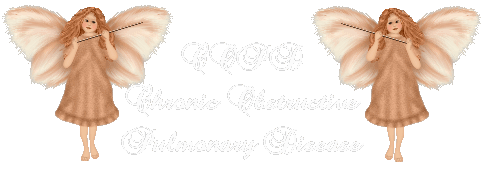


Chronic obstructive pulmonary disease, or COPD, is a lung disease in which the lung is damaged, making it hard to breathe. In COPD, the airways that carry air in and out of your lungs become partially blocked, making it difficult to get air in and out. COPD is a major cause of death and illness throughout the world. It is the 4th leading cause of death in the U.S. and the world.
The airways of the lungs branch out like an upside-down tree. At the end of each branch are many small, balloon-like air sacs. In healthy people, each airway is clear and open and the air sacs are small, elastic, and springy. When you breathe in, each air sac fills up with air, like a small balloon, and when you breathe out, the balloon deflates and the air goes out.
In COPD, the airways and air sacs lose their shape and become floppy. Less air gets in and less air goes out because
- The airways and air sacs lose their elasticity like an old rubber band
- The walls between many of the air sacs are destroyed
- The walls of the airways become thick and inflamed or swollen
- Cells in the airways make more mucus or sputum than usual, which tends to clog the airways.
Cigarette smoking is the most common cause of COPD. Most people with COPD are smokers or former smokers. Breathing in other kinds of lung irritants like pollution, dust, or chemicals over a long period of time may also cause or contribute to COPD.
COPD develops slowly, and it may be many years before you notice symptoms like feeling short of breath. Most of the time, COPD is diagnosed in middle-aged or older people.
There is no cure for COPD. The damage to your airways and lungs cannot be reversed, but there are things you can do to feel better and slow the damage to your lungs.
COPD is not contagious. You cannot catch it from someone else.


The symptoms of COPD include: cough; sputum (mucus) production; shortness of breath, especially with exercise; wheezing, or whistling sound when you breathe; and tightness in the chest.
The most common symptoms of COPD are a cough that does not go away and coughing up lots of sputum. These symptoms often start years before the flow of air in and out of the lungs is reduced. Not everyone who has a cough and sputum goes on to develop COPD
If your doctor thinks you may have COPD, he or she will examine you, listen to your lungs, and ask you questions about your medical history, and what lung irritants you may have been around for long periods of time.
.
To confirm a diagnosis of COPD, your doctor will use a breathing test called spirometry. The test is easy and painless and shows how well your lungs work. You breathe hard into a large hose connected to a machine called a spirometer. When you breathe out, the spirometer measures how much air your lungs can hold and how fast you can blow air out of your lungs.
Based on this test, your doctor can determine if you have COPD and how severe it is. There are four levels of severity for COPD:
- people at risk for COPD
- people with mild COPD
- people with moderate COPD
- people with severe COPD
Those at risk for developing COPD have a normal breathing test and mild symptoms such as chronic cough and sputum production.
Those with mild COPD have mild breathing limitation. Symptoms may include a chronic cough and sputum production. At this stage, you may not be aware that airflow in your lungs is reduced.
With moderate COPD, your breathing test shows worsening airflow blockages. Symptoms may be worse than with mild COPD and you may experience shortness of breath while working hard, walking fast, or doing brisk activity. At this stage, you would seek medical attention.
With severe COPD, the breathing test shows severe limitation of the airflow. People with severe COPD will be short of breath after just a little activity. In very severe COPD, complications like respiratory failure or signs of heart failure may develop. At this stage, quality of life is impaired and worsening symptoms may be life-threatening.
Other tests are used to rule out other causes of the symptoms.
Bronchodilator reversibility testing uses the spirometer and medications called bronchodilators to assess whether breathing problems may be caused by asthma.
http://nihseniorhealth.gov/copd/symptomsanddiagnosis/11.html


http://www.nhlbi.nih.gov/health/dci/Diseases/Copd/Copd_WhatIs.html
http://en.wikipedia.org/wiki/COPD
http://www.nlm.nih.gov/medlineplus/copdchronicobstructivepulmonarydisease.html
http://familydoctor.org/online/famdocen/home/articles/706.html


©2007DawnieDoo This page was made in loving memory for Ed, founder of OurCOPD. Rest in Peace Ed.
http://groups.msn.com/OurCOPD/
 Free Forum Hosting
Free Forum Hosting